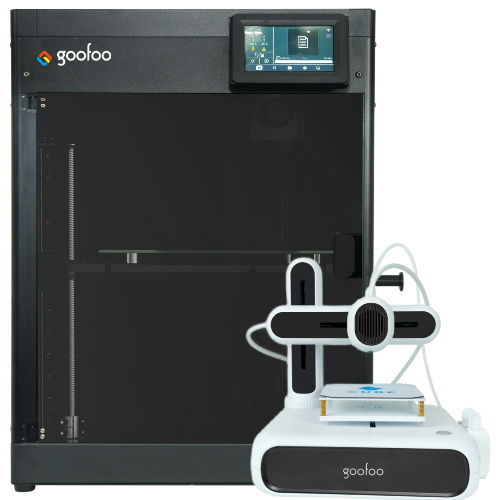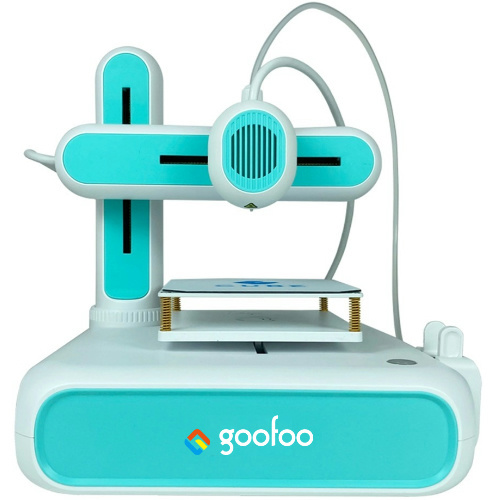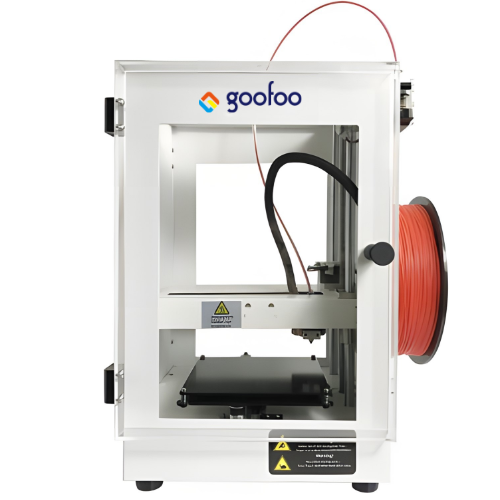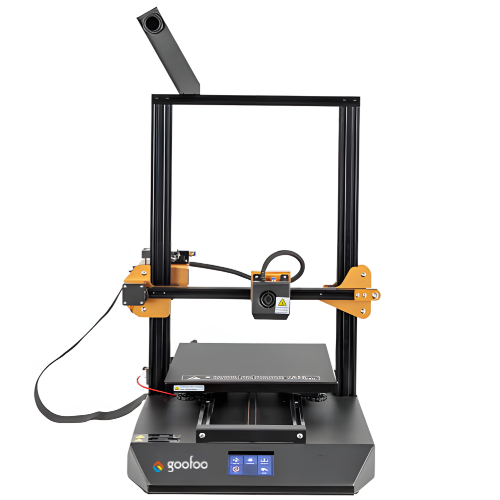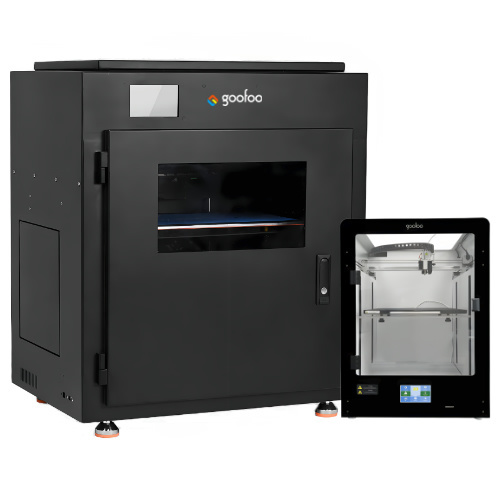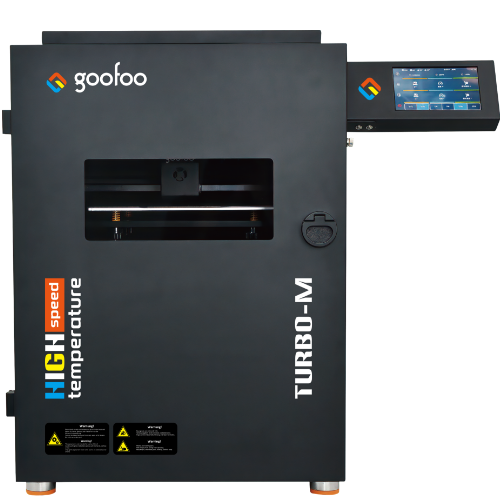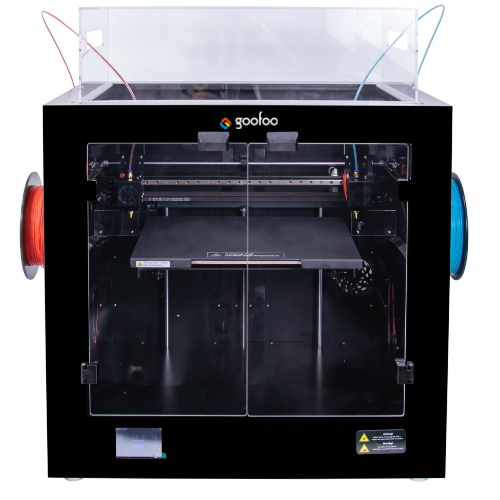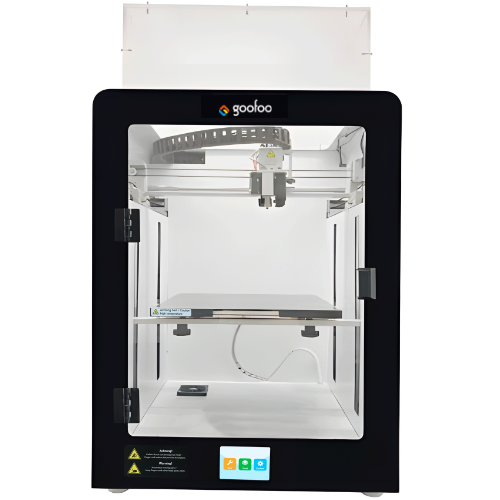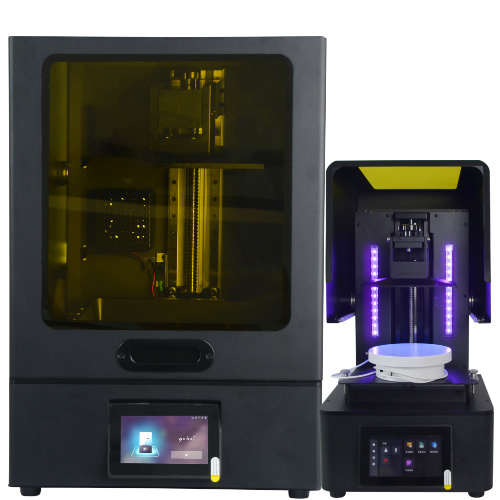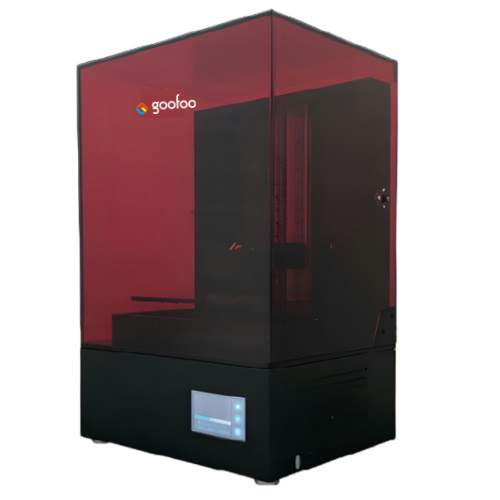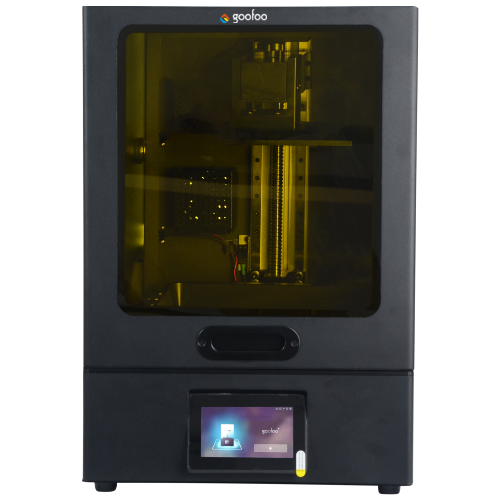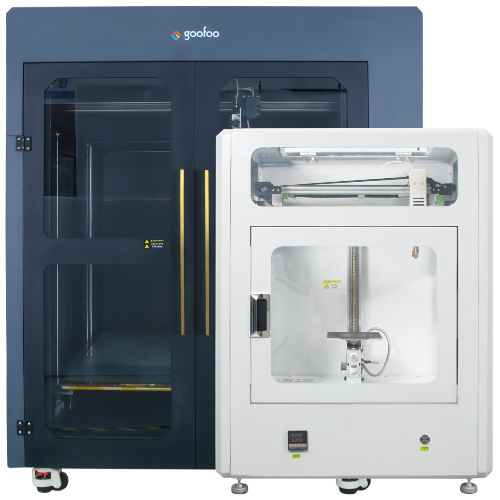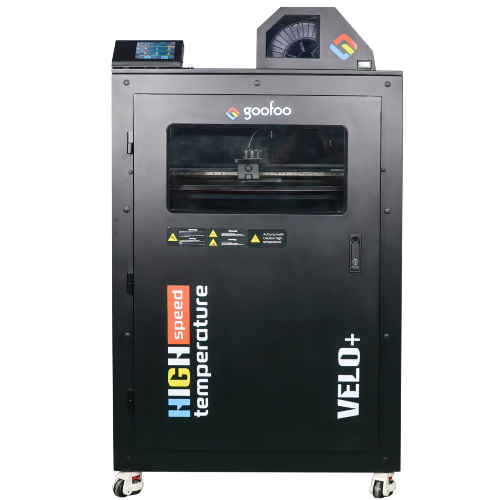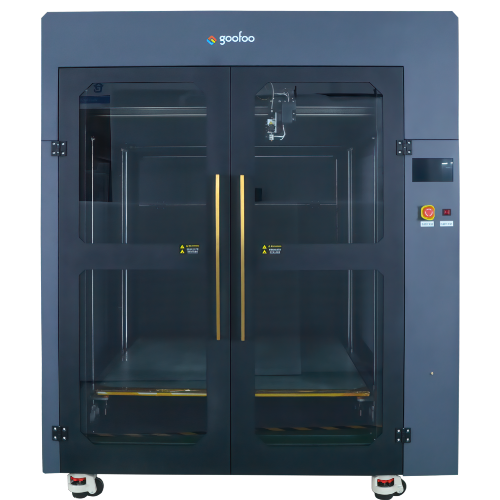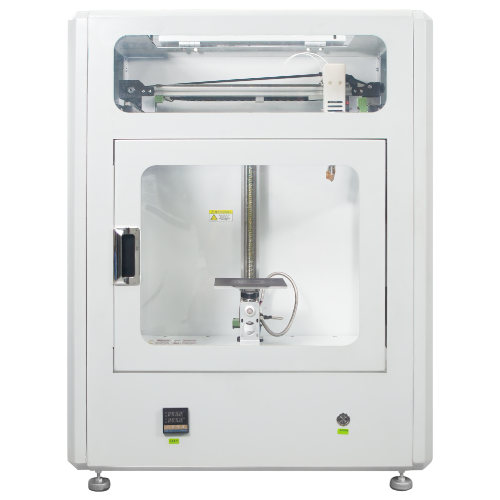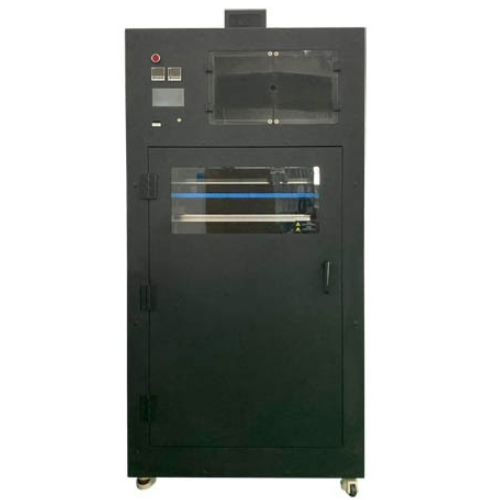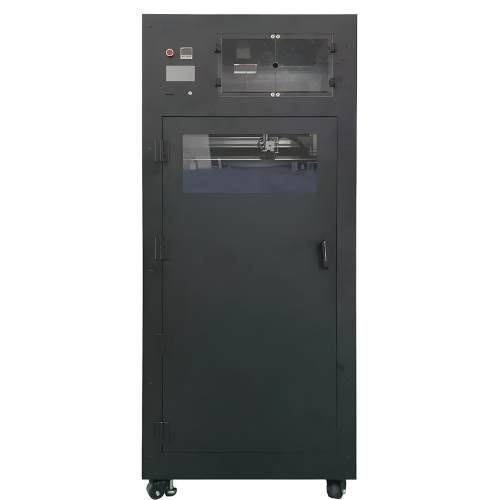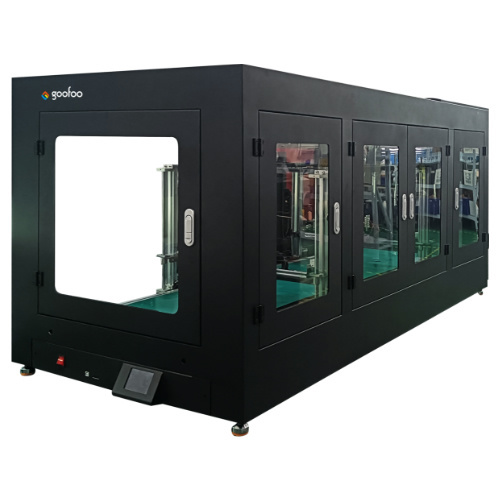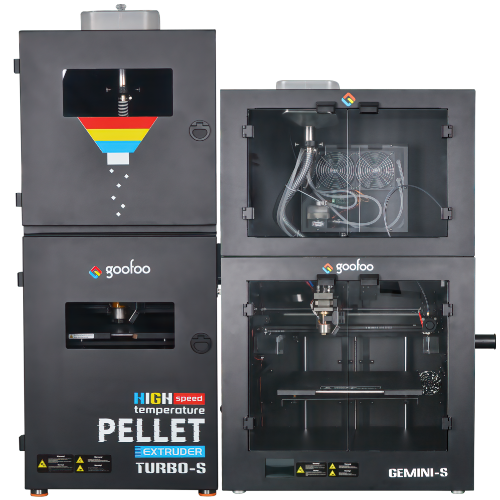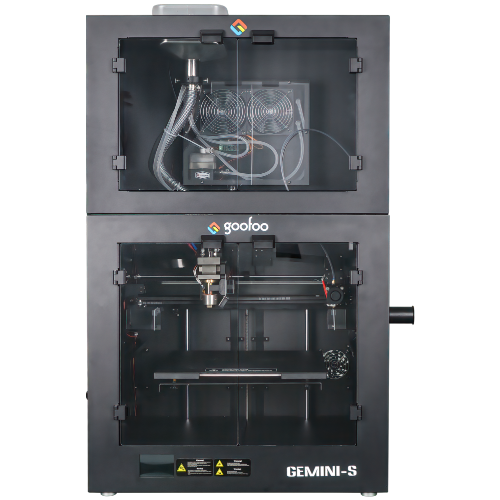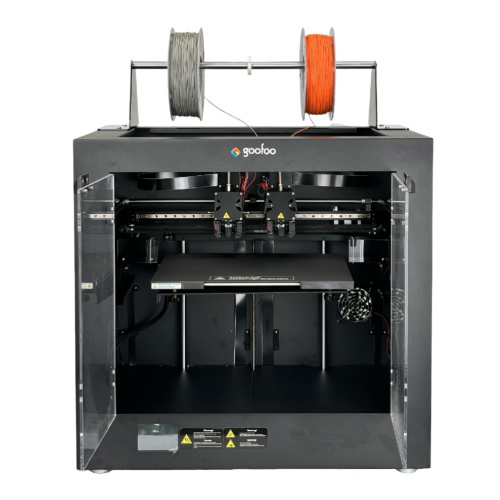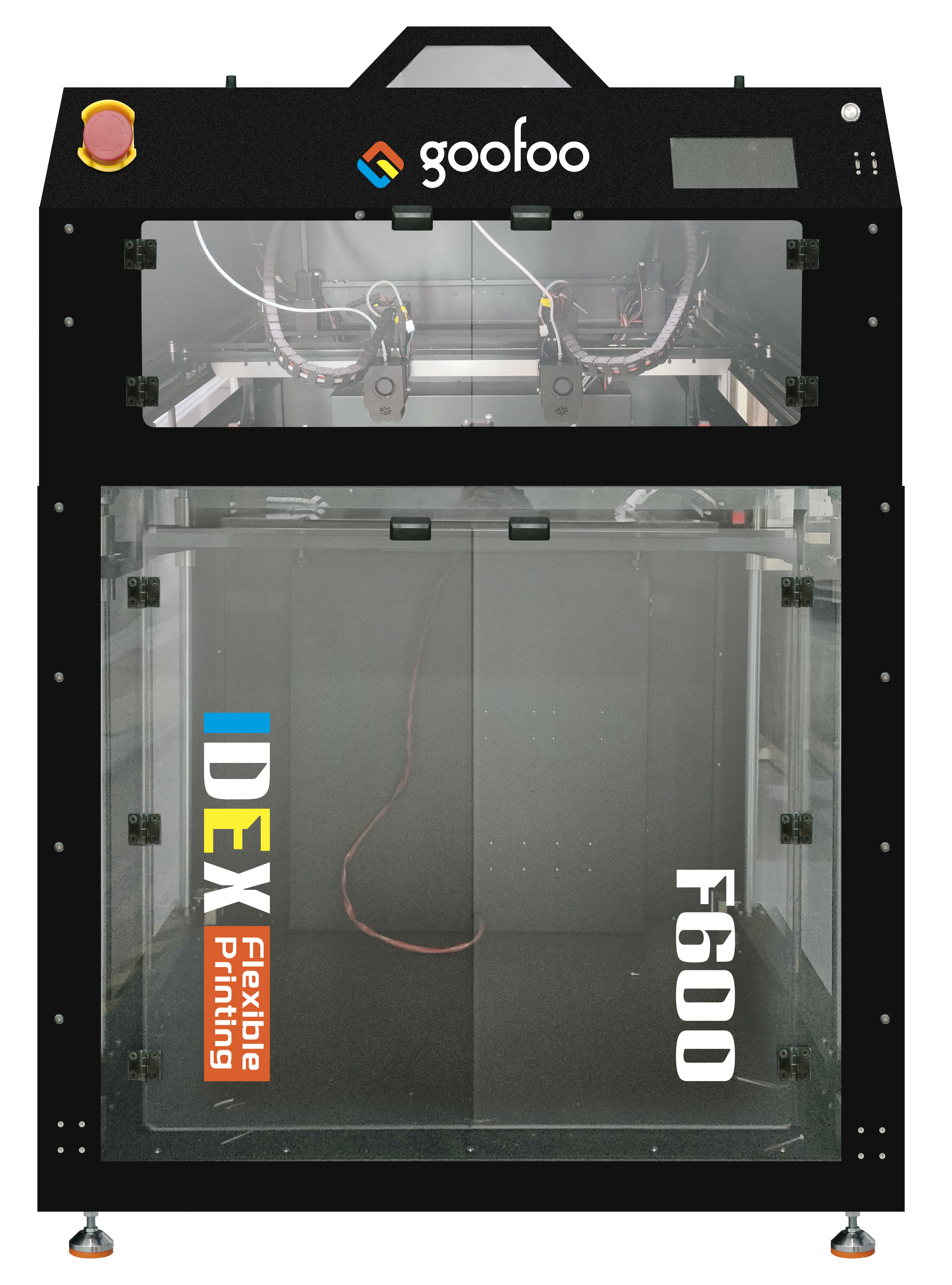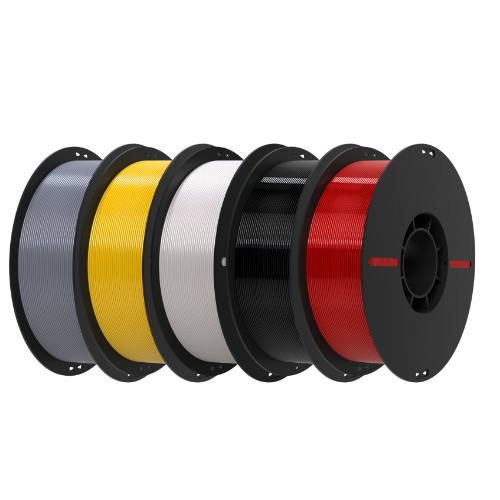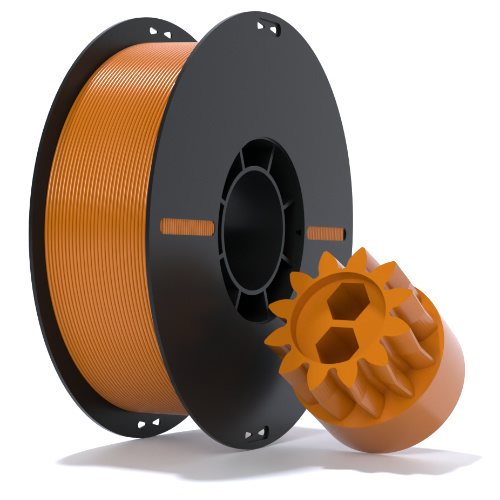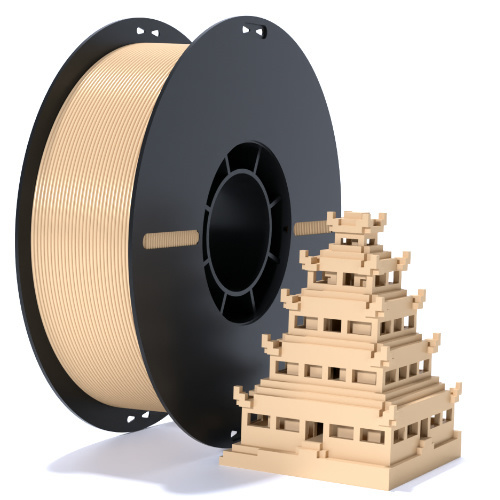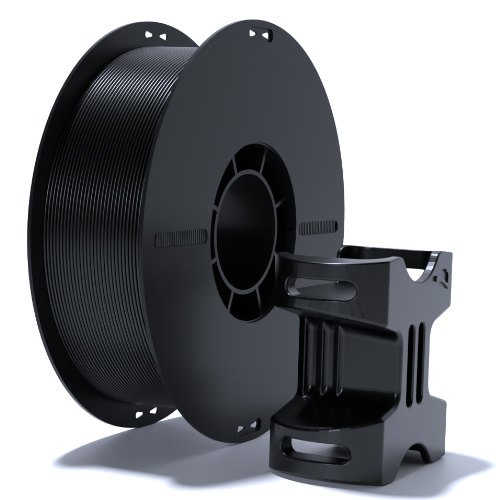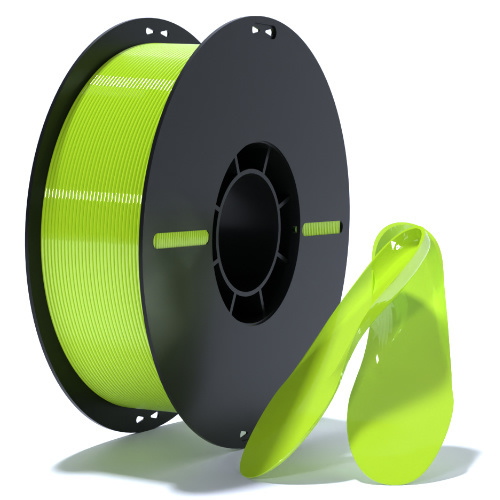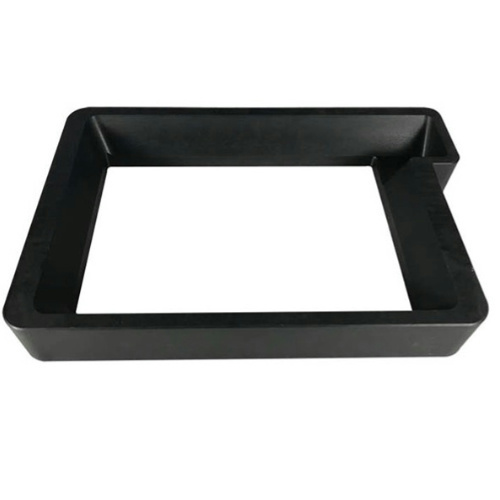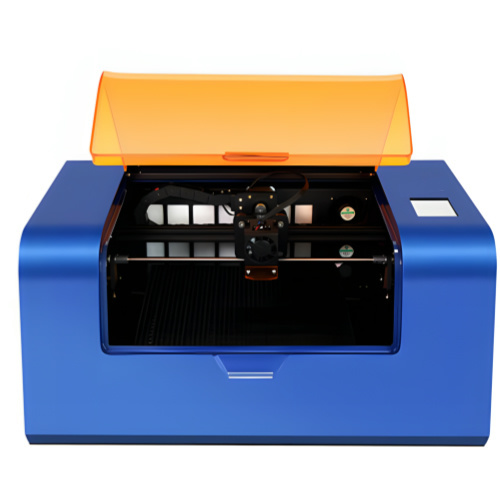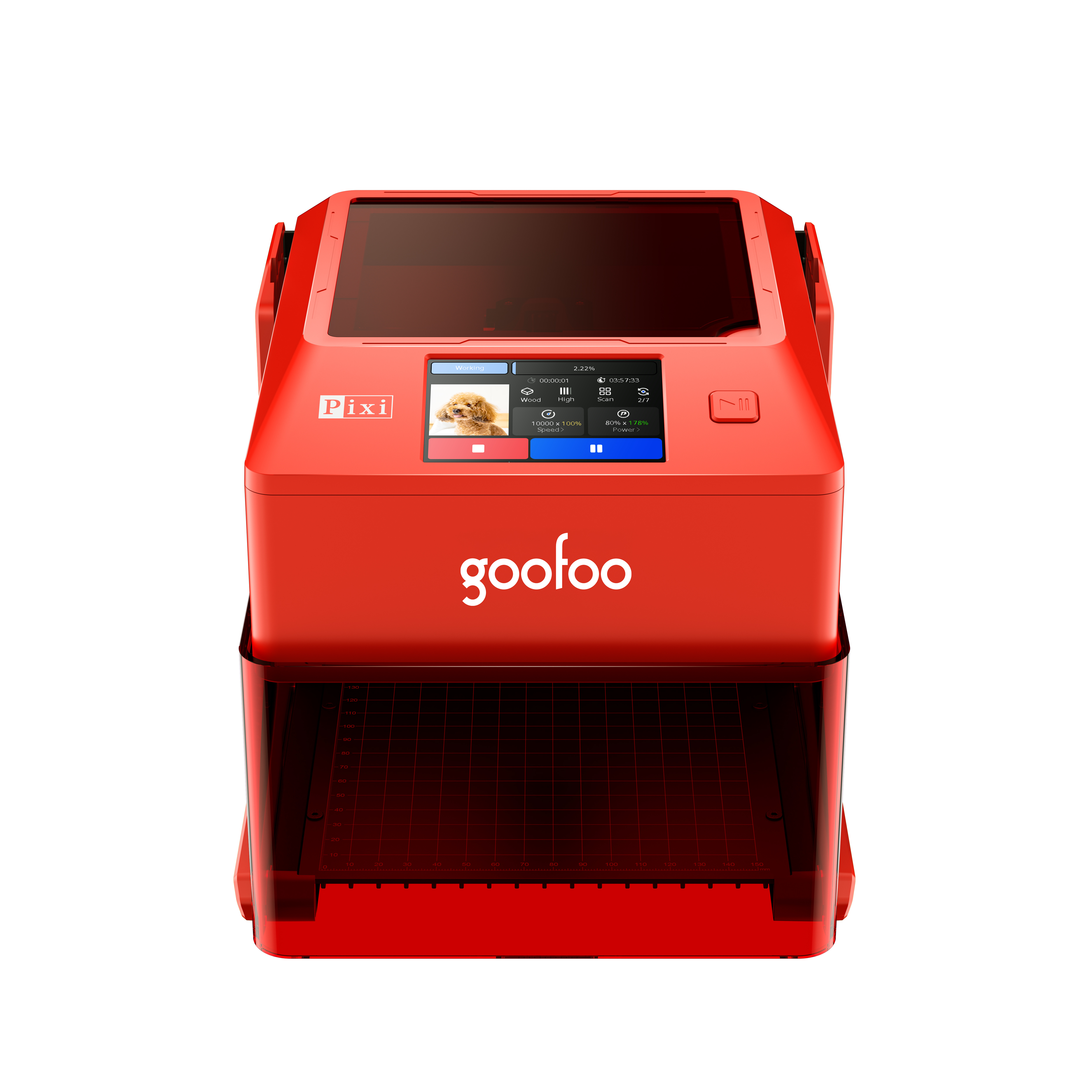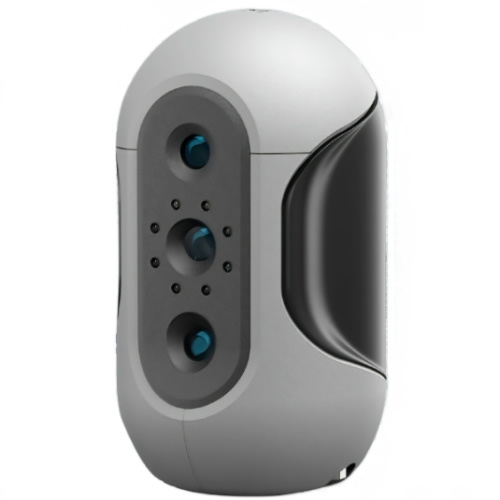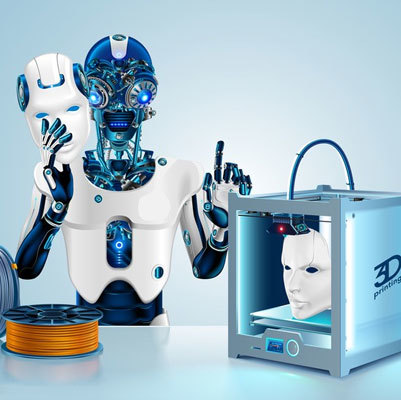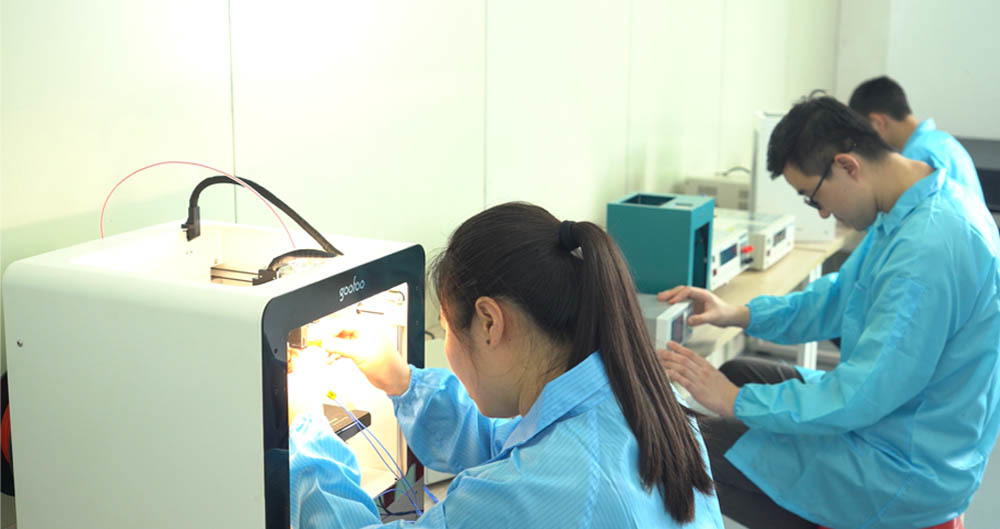Exploring 3D Printer Materials: A Comprehensive Guide for Enthusiasts
2025-07-11 12:20
When it comes to 3D printing, selecting the right material is crucial for achieving the desired results. The range of 3D printer materials available today is extensive, each with its own unique properties, advantages, and suitable applications. In this guide, we will explore some of the most commonly used 3D printer materials to help you make an informed choice for your next project.
**1. PLA (Polylactic Acid)**
PLA is one of the most popular 3D printer materials due to its ease of use and eco-friendliness. Made from renewable resources like corn starch, PLA is biodegradable and emits no harmful fumes during printing. It is ideal for beginners and is typically used for creating prototypes, toys, and decorative items. However, it has a lower heat tolerance, which may limit its use for functional parts.
**2. ABS (Acrylonitrile Butadiene Styrene)**
ABS is known for its toughness and durability, making it a common choice for creating functional parts and mechanical components. It has a higher temperature resistance compared to PLA, but it requires a heated bed to prevent warping during printing. ABS can emit fumes, so proper ventilation is necessary when printing with this material.
**3. PETG (Polyethylene Terephthalate Glycol-Modified)**
Combining the best features of PLA and ABS, PETG is a versatile material that is both strong and easy to print. It is resistant to impact and moisture, making it suitable for a wide range of applications, from household items to engineering components. PETG is also food-safe when printed correctly, which adds to its appeal.
**4. TPU (Thermoplastic Polyurethane)**
For projects requiring flexibility and durability, TPU is an excellent choice. This rubber-like material is ideal for creating items such as phone cases, belts, and other flexible components. TPU can be more challenging to print due to its elasticity, so it’s best suited for those with some experience in 3D printing.
**5. Nylon**
Nylon is a strong and flexible material often used for functional parts that require high durability and wear resistance. Its ability to withstand high temperatures and its excellent mechanical properties make it suitable for industrial applications. However, nylon is hygroscopic, meaning it can absorb moisture from the air, which may affect print quality if not stored properly.
**Choosing the Right Material**
When selecting 3D printer materials, consider factors such as the purpose of your print, desired strength, flexibility, and ease of printing. Each material has its own set of properties that can significantly influence the outcome of your project. Understanding these nuances will not only improve your printing skills but also expand your creative possibilities in the realm of 3D printing.
In conclusion, the world of 3D printer materials is diverse and full of potential. Familiarizing yourself with the properties and applications of each material will enhance your ability to create innovative designs and functional objects. Whether you're prototyping, crafting, or designing, choosing the right material is key to achieving successful results in your 3D printing endeavors.
3d printer material
Recommended News
 Esperanto
Esperanto
 Shqiptare
Shqiptare
 Euskara
Euskara
 Zulu
Zulu
 Latinus
Latinus
 Cymraeg
Cymraeg
 தமிழ்
தமிழ்
 Slovak
Slovak
 Slovak
Slovak
 Afrikaans
Afrikaans
Skype / WhatsApp: +86 592-5713513 / +86-13860126490
No.88-3, North Tongji Road, Xike County, Tong'an District, Xiamen, Fujian China
Xiamen Goofoo Technology Co., Ltd. All Rights Reserved 闽ICP备2022008070号-1 SEO 300.cn
Phone:+0086 592-5713513
Address: No.88-3, North Tongji Road, Xike County, Tong’an District, Xiamen, Fujian China
Email: sales@goofoo3d.com
We will give you feedback in time

